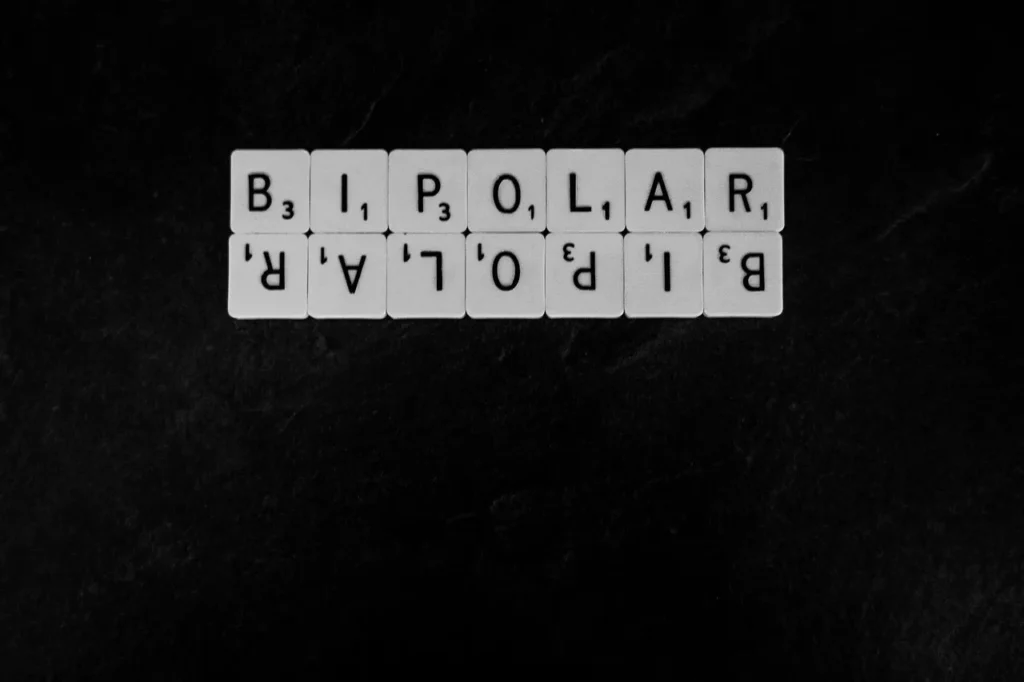The Types of Bipolar Disorder
Category: Misc.
There are three main types of bipolar disorder:
- bipolar I disorder
- bipolar II disorder
- cyclothymic disorder
Your doctor or mental health professional may also talk about additional specifiers — extra features that can occur with bipolar disorder. These include anxiety, psychosis, and seasonal changes.
Mental health professionals often use the Diagnostic and Statistical Manual of Mental Disorders (DSM-5) criteria when diagnosing bipolar disorder. They’ll consider and compare your specific symptoms, how frequently symptoms occur, and how severe they are.
That said, there’s no “one way” to live with bipolar disorder — each person has a different experience.
If you believe you or someone you know may have a type of bipolar disorder, understanding what they look like can help. Treatments and tools are available to manage the condition and thrive.

Topic Of Discussion
Bipolar I Disorder
The main diagnostic criteria for bipolar I disorder is having had at least one episode of mania.
Most people living with bipolar I experience both depressive and manic episodes, but a depressive episode isn’t required for a bipolar I diagnosis.
Manic episodes must last for at least 7 days in order to be considered a symptom of bipolar I. If they don’t last that long, they still count if you needed to go to hospital for your symptoms.
People diagnosed with bipolar I disorder often live with other mental health conditions, too. These may include:
- substance use disorders
- attention deficit hyperactivity disorder (ADHD)
- anxiety disorders
According to a 2015 study, 1.06% of people will be diagnosed with bipolar I disorder at some point in their lives, though estimates vary.
Bipolar II Disorder
Bipolar II disorder is similar to bipolar I disorder, but there are some key differences.
Instead of being defined by at least one manic episode, people diagnosed with bipolar II disorder have experienced at least one depressive episode and at least one episode of hypomania.
Hypomanic episodes are different from manic episodes by their duration and severity. Symptoms of hypomania are considered less intense.
Some people living with bipolar II only seek treatment for depressive symptoms. Symptoms in hypomania can feel pleasant — you might feel more productive, energetic, and creative in these episodes. You might not even realize you’re having symptoms of a mental health condition.
Like bipolar I disorder, people living with bipolar II often live with additional mental health conditions.
According to the same 2015 research as above, the lifetime prevalence of bipolar II disorder may be around 1.57%.
Cyclothymic Disorder
If you have some symptoms of hypomania and depression, but they don’t quite fit the criteria for a full mood episode, you may be diagnosed with cyclothymic disorder.
Also known as cyclothymia, between 0.4 and 1% of people may have it at some point, though some surveys report as high as 5%.
People with cyclothymic disorder experience their symptoms for at least 2 years, without the symptoms stopping for more than 2 months at a time.
Additional Specifiers
Even two people with the same type of bipolar disorder will likely have different experiences. Some of this can be broken down with additional specifiers.
Additional specifiers are add-ons to a diagnosis to help add context to your condition.
Types of additional specifiers that may be added to your diagnosis include:
- mixed features
- anxious distress
- melancholic features
- rapid cycling
- with catatonia
- atypical features
- psychotic features
- peripartum onset
- seasonal patterns
Doctors may also specify if mood episodes are in partial or full remission, and if you have depressive episodes, how severe they are.Which do I have?
If you think that you or someone you love is living with some form of bipolar disorder, the first step is to reach out to your primary doctor or a mental health professional.
It can help to keep a journal of your symptoms to bring to your first appointment. Knowing your specific symptoms, when they happen, and any possible triggers can help your clinician answer questions and give you a more accurate diagnosis.
Think about how often your symptoms pop up, and for how long they stick around.
If your mood episodes and changes are frequent and intense, you may have bipolar I disorder. If your symptoms are less severe, but still significantly impact your life, you may have bipolar II disorder or cyclothymia.
That said, there are other mental health conditions that have overlapping symptoms. Between that, the additional specifiers, and your overall uniqueness, the best way to get answers is to reach out for an evaluation.
Next Steps…
Seeing a mental health professional is the first step toward figuring out a treatment plan for bipolar disorder — no matter what type you have. With the right tools, strategies, and meds, you can successfully manage your condition and live well.
Once you’ve received a diagnosis, your treatment plan might involve:
- medications
- lifestyle changes
- therapy
- self-management strategies, like learning more about bipolar disorder
If you believe you have are suffering bipolar disorder or another type of mental health issue, consider requesting an appointment with Tri-Star Counseling. It would be our honor to to help you navigate the appropriate strategies and tools to successfully manage your concerns.


